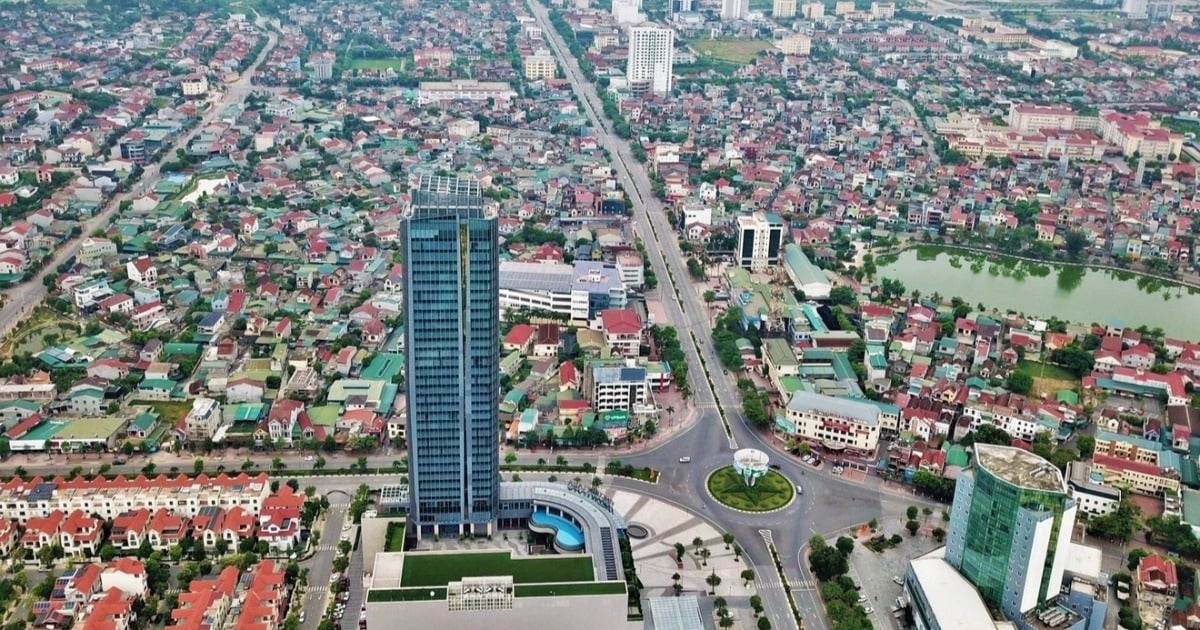Vietnam's population will increase to 107 million people in 2044, then decrease to 72 million people in 2100, as a result of low fertility.
The information was announced by Dr. Ha Anh Duc, Chief of Office of the Ministry of Health, at the conference Low Birth Rate in Vietnam: Current Situation and Solutions, on November 10, in Hanoi.
Mr. Duc said an international study published in 2020 predicted that the population of 23 countries such as Japan, Thailand, China, South Korea... would decrease by more than half by 2100. Of which, Vietnam's population would increase to 107 million people in 2044, then decrease to 72 million people in 2100, if there are no interventions to increase fertility.
Currently, Vietnam's population is over 100 million people, the birth rate is decreasing rapidly and low, entering the aging stage.
Fertility rates in many Asia-Pacific countries have fallen sharply over the past 70 years, according to the Population Reference Bureau (Ministry of Health). South Korea has the world's lowest total fertility rate (TFR), at 0.8, well below the replacement level of 2.1. Singapore and Japan are not much higher, at 1.1 and 1.3, respectively.
"Given this reality, the number of people over 60 in the region is expected to triple between 2010 and 2050," Duc said, adding that France and Vietnam currently have similar birth rates. However, Vietnam has seen a much more dramatic change in recent decades, with the birth rate falling from 6.5 children per woman in the 1960s to 2.05 in 2020. Vietnam's age structure is also changing rapidly. It took France 115 years to move from an "aging society" (7-14% of people aged 65 and over) to an "aging society" (14-21% of people aged 65 and over). Vietnam went through this process in just 19 years.
The birth rate in Vietnam varies significantly between regions, subjects, provinces and cities, especially the trend of low birth rates, according to Mr. Mai Trung Son, Department of Population. In 2021, in urban areas, all provinces and cities in the Southeast region (except Binh Phuoc) and the Mekong Delta region had actual birth rates below the replacement level. In some provinces and cities, the birth rate was very low, only 1.48 children. Ho Chi Minh City had the lowest birth rate in the country, at 1.39 children/woman of childbearing age.
It is estimated that each year there are more than 1 million infertile couples, a rate of about 7.7%. Of these, about 50% are couples under the age of 30. In particular, the rate of secondary infertility (infertility after a pregnancy) increases by 15-20% each year and accounts for more than 50% of infertile couples.
Low birth rate has a direct and profound impact on population structure, a decline in the working-age population, a strong impact on migration, accelerated aging, and a decline in population size. This situation has a profound impact on family structure, cultural and social life, economy, labor, employment, and social security, according to Mr. Duc.

Hanoi's elderly people by Hoan Kiem Lake. Photo: Giang Huy
Deputy Minister of Health Nguyen Thi Lien Huong also acknowledged that the birth rate in most continents has continuously decreased and fallen far below the replacement level, leading to a shortage of labor, problems with aging populations and care for the elderly. It is predicted that labor shortages will be widespread worldwide after 2055, affecting unsustainable human development. This is a leading challenge for humanity in the 21st century.
In this context, countries are introducing many policies to increase birth rates. For example, South Korea tripled the amount of money spent on birth promotion activities after breaking the record for the lowest birth rate in the world. The government of this country increased subsidies to encourage families to have more children. In Hungary, women who have four or more children do not have to pay personal income tax for life.
In Vietnam, the draft Population Law has proposed that provinces and cities with low birth rates should provide financial support to women when they have a second child and reduce or exempt school fees for children.
Le Nga
Source link




![[Photo] Prime Minister receives a number of businesses investing in Ba Ria-Vung Tau province](https://vstatic.vietnam.vn/vietnam/resource/IMAGE/2025/3/20/8e3ffa0322b24c07950a173380f0d1ba)

![[Photo] President Luong Cuong receives former Vietnam-Japan Special Ambassador Sugi Ryotaro](https://vstatic.vietnam.vn/vietnam/resource/IMAGE/2025/3/20/db2d8cac29b64f5d8d2d0931c1e65ee9)




























![[Photo] President Luong Cuong receives Ambassador of the Dominican Republic Jaime Francisco Rodriguez](https://vstatic.vietnam.vn/vietnam/resource/IMAGE/2025/3/20/12c7d14ff988439eaa905c56303b4683)






























































Comment (0)